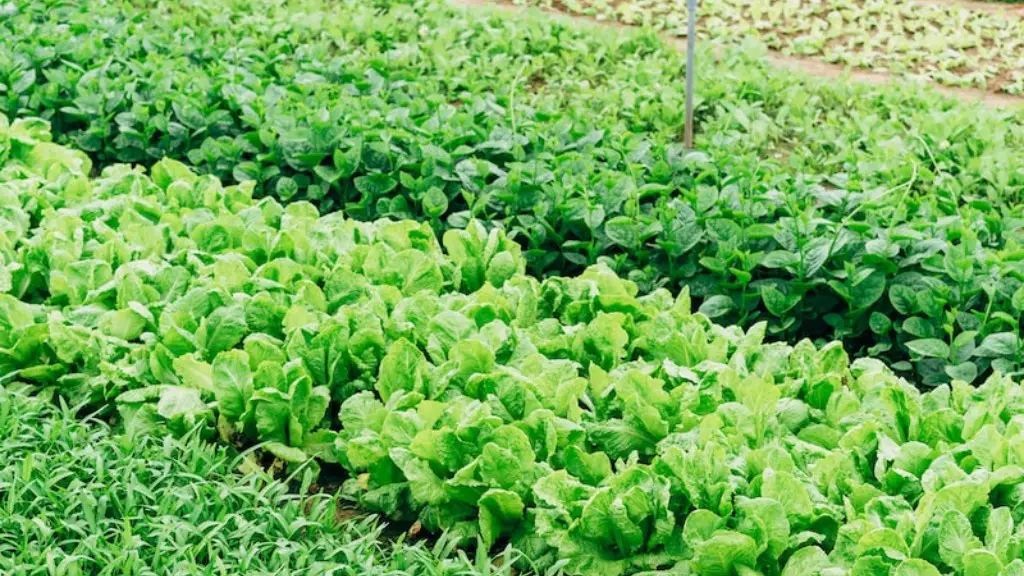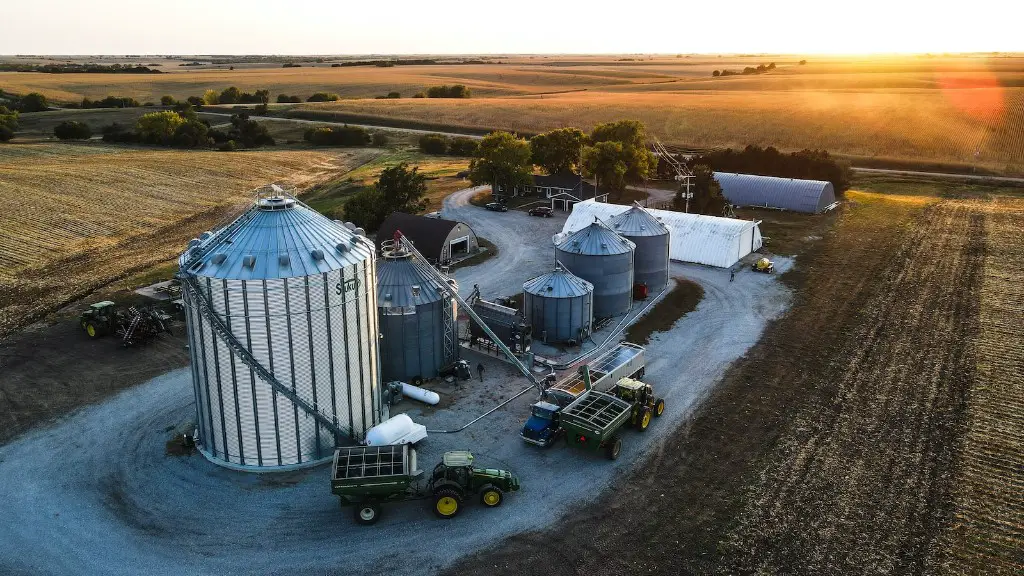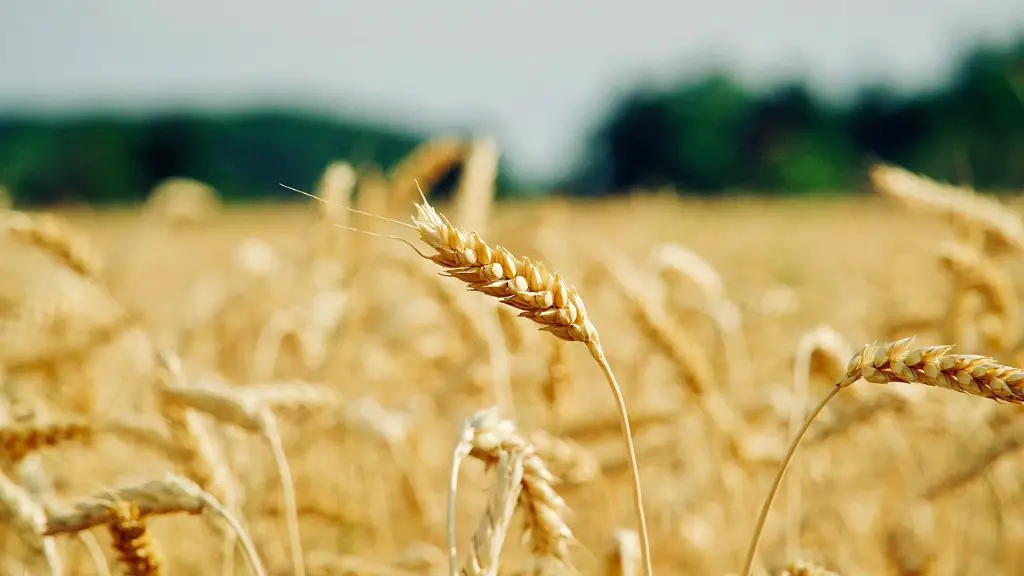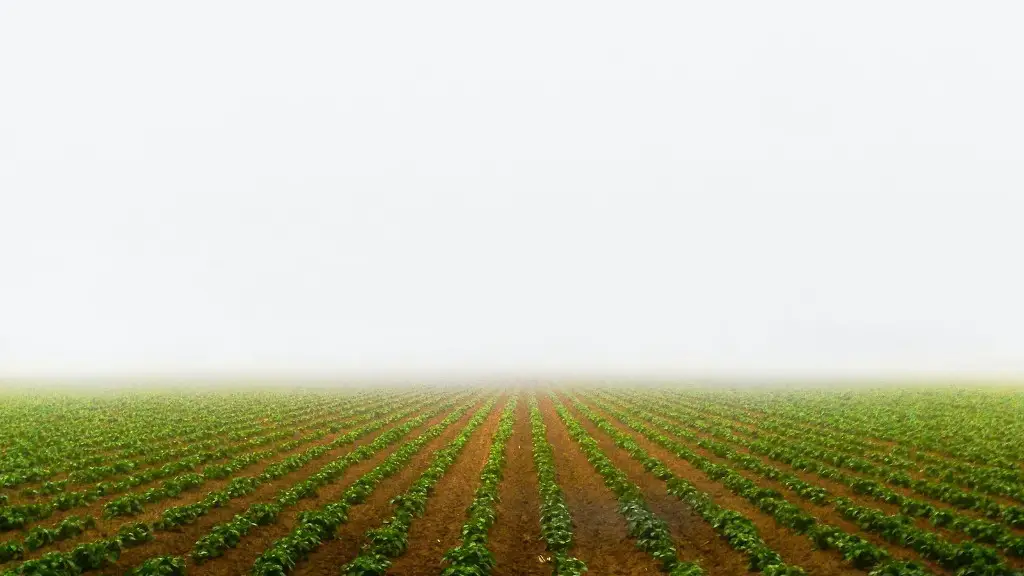Food security in agriculture refers to the reliable availability of food at the household level, as well as the accessibility and affordability of food. Agricultural production must be sufficient to meet the needs of a growing population, and farmers must be able to sell their crops at a price that covers their costs of production. Food security in agriculture also requires that food distribution systems are functioning properly so that food can reach those who need it.
Food security in agriculture is the ability to produce enough food to meet the needs of the population. It is often measured by the availability of food, the stability of food supplies, and the access of people to food.
What is food security?
Food security is a huge issue globally and one that needs to be addressed. Ensuring that all people have access to safe, nutritious food is essential for a healthy and active life. The 1996 World Food Summit was a great step in defining what food security is and how to achieve it. However, there is still much work to be done in order to ensure that all people have access to food security.
Food security refers to the availability of food and one’s access to it. It is a measure of the adequacy of the food supply at the national, regional, and/or local level. It is also a measure of an individual’s or a household’s access to food. Food security is not just about the food on the shelves, but also about the food we consume and the nutrition we receive from it.
There are four main pillars of food security: availability, access, utilisation, and stability.
Availability refers to the supply of food. It is determined by factors such as production, imports, and stocks.
Access refers to the ability of individuals and households to obtain food. It is determined by factors such as income, prices, and food assistance programmes.
Utilisation refers to the way in which food is consumed and the nutrients that are absorbed. It is determined by factors such as diet, health, and sanitation.
Stability refers to the ability of the food system to cope with shocks and respond to changes in the environment. It is determined by factors such as climate change, economic volatility, and political instability.
Malnutrition is a state of poor nutrition. It is caused by a lack of food
What is the importance food security
Global food security is important for many reasons. Access to quality, nutritious food is fundamental to human existence, and secure access to food can produce wide-ranging positive impacts, including economic growth and job creation, poverty reduction, and improved health and nutrition. Furthermore, food security is essential for peace and stability, as hunger and malnutrition can lead to social unrest and conflict. Therefore, ensuring global food security is essential for the well-being of both individuals and societies.
Food security is determined by four components:
1. Availability of Food: “Does food exist near me?” Availability refers to the physical inflow and presence of safe and nutritious food at a given time and in a given place, such as grocery stores, food gardens, etc.
2. Access to Food: “Can I afford to buy food?” Access refers to the economic and physical ability to obtain food. It includes factors such as income, food prices, and transportation.
3. Utilization of Food: “Can I use the food I have?” Utilization refers to the body’s ability to absorb and use the nutrients in food. It includes factors such as cooking skills, food safety knowledge, and diets.
4. Stability of Food: “Will food be available in the future?” Stability refers to the predictability of the food supply. It includes factors such as weather, political stability, and trade agreements.
What is food security and why is it a problem?
There are many factors that contribute to food security, including poverty, conflict, and natural disasters. Lack of access to land, water, and other resources can also make it difficult for families to grow or purchase food.
USAID works to improve food security by supporting programs that increase agricultural productivity, build resilience to shocks and stresses, and improve access to nutritious food.
Food security is a term that is used to describe the availability of food and a person’s access to it. There are three components to food security: availability, access, and utilization/consumption.
Availability refers to the quantity of food available. This can be affected by factors such as climate, agricultural production, and trade.
Access refers to a person’s ability to obtain food. This can be affected by factors such as income, food prices, and access to transportation.
Utilization/consumption refers to the ability of the body to absorb and use nutrients in the food. This can be affected by factors such as diet, health, and sanitation.
What are the 6 major threats to food security?
The main threats to food security are:
1. World population growth: The world’s population is projected to reach 9.1 billion by 2050, which will put pressure on food production and distribution systems.
2. Increase in demand for food: The growing middle class in developing countries is expected to consume more meat and processed foods, which will increase demand for grains, livestock, and land.
3. Food price: Volatile food prices are a major concern for food security. Prices of staples such as grains and rice have more than doubled in the past decade, making it difficult for poor households to access food.
4. Disappearance of the variety of agricultural plant species: The loss of agricultural biodiversity reduces the ability of crops to adapt to climate change and pests, making them more vulnerable to production shocks.
5. Increase in the area of scarcity water: Limited water supplies will constrain food production in many regions, especially in dryland areas where agriculture is already water-stressed.
6. Food losses and food waste: Unsafe food handling, transportation, and storage practices lead to significant food losses and waste, which represents a wasted opportunity to improve food security.
There are many programs that provide food to people in need without requiring any type of commitment in return. These programs are important because they help to address food insecurity, which is a significant problem in many parts of the world. Programs like these typically involve providing food to people who are struggling to make ends meet or who are experiencing homelessness. These programs often rely on donations from individuals and businesses, as well as government funding.
What are the 6 factors that contribute to food security
While there are many factors that affect food security, climate change and global warming are two of the most significant. As climate change and global warming progress, they are likely to cause more extreme weather conditions that can damage crops and make it difficult to grow food. Additionally, as the population continues to grow, there will be more pressure on already scarce resources like land and water. This could lead to higher food prices and less food security for many people. Poverty is also a major factor affecting food security. Poor people often have limited access to food and are more vulnerable to shocks like climate change and economic downturns. Improving economic standards and reducing poverty are thus critical to improving food security.
The agricultural sector is a critical component of food security, as it is responsible for domestic food production. Global economic and environmental forces have created a need for food security, as they have the potential to threaten long-term food supply and prices. The sector must therefore be supported in order to ensure that food security is maintained.
What are the most important thing in food security?
Food security is an important issue because it is closely related to household resources, disposable income and socioeconomic status. It is also strongly interlinked with other issues, such as food prices, global environment change, water, energy and agriculture growth. Therefore, it is important to address food security in a comprehensive and holistic manner.
The concept of food security is based on the availability, access, and consumption of nutritionally adequate food. Food security exists when all people, at all times, have physical and economic access to enough food to meet their dietary needs for a healthy life.
The availability of food refers to the supply of food, which is determined by factors such as production, imports, and stocks. The access to food refers to the ability of individuals to obtain food, which is determined by factors such as income, employment, and purchasing power. The consumption of food refers to the actual intake of food, which is determined by factors such as food preferences and cultural norms.
The three pillars of food security are interdependent and interconnected. When one pillar is weak, it can jeopardize the stability of the other two. For example, a lack of availability can lead to increased prices and decreased access, which can in turn lead to reduced consumption. In order to achieve food security, all three pillars must be strong.
What are the two types of food security
According to the USDA, households are classified as having low food security if they reported experiencing 3 or more indicators of food insecurity. This means that the household struggled to put enough food on the table at some point during the year.
Food security is a term used to describe the availability and accessibility of food. It is a measure of whether or not people are able to obtain the food they need in order to lead a healthy and active lifestyle. There are many factors that contribute to food security, including income, food prices, employment, and agricultural production. Food insecurity can lead to hunger and malnutrition, which can have a negative impact on health, education, and work productivity.
What are the two concepts of food security?
Food stability and access are important issues in many parts of the world. Food stability refers to the ability to obtain food over time, while food access refers to the affordability and allocation of food, as well as the preferences of individuals and households. There are a number of factors that can affect food stability and access, such as climate change, economic instability, and conflict.
Food security is a huge issue globally and one that requires a multifaceted approach to solving. One important part of food security is availability, which refers to the quantity and quality of food that is available. Another important part is access, which covers both economic and physical access to food. Utilisation is about making sure that food is nutritious and safe to eat, while stability refers to being able to maintain a food supply over time. All of these elements are interrelated and must be addressed in order to achieve food security.
Final Words
Food security in agriculture is the ability of farmers to produce enough food to meet the needs of their families and communities. It is also the ability of households and communities to access food that is nutritious and safe to eat.
Food security in agriculture means having a reliable and nutritious food supply. This can be achieved through a variety of methods, such as diversifying crops, using irrigation systems, and improving storage and transportation infrastructure. By increasing food security, we can reduce hunger and malnutrition around the world.





